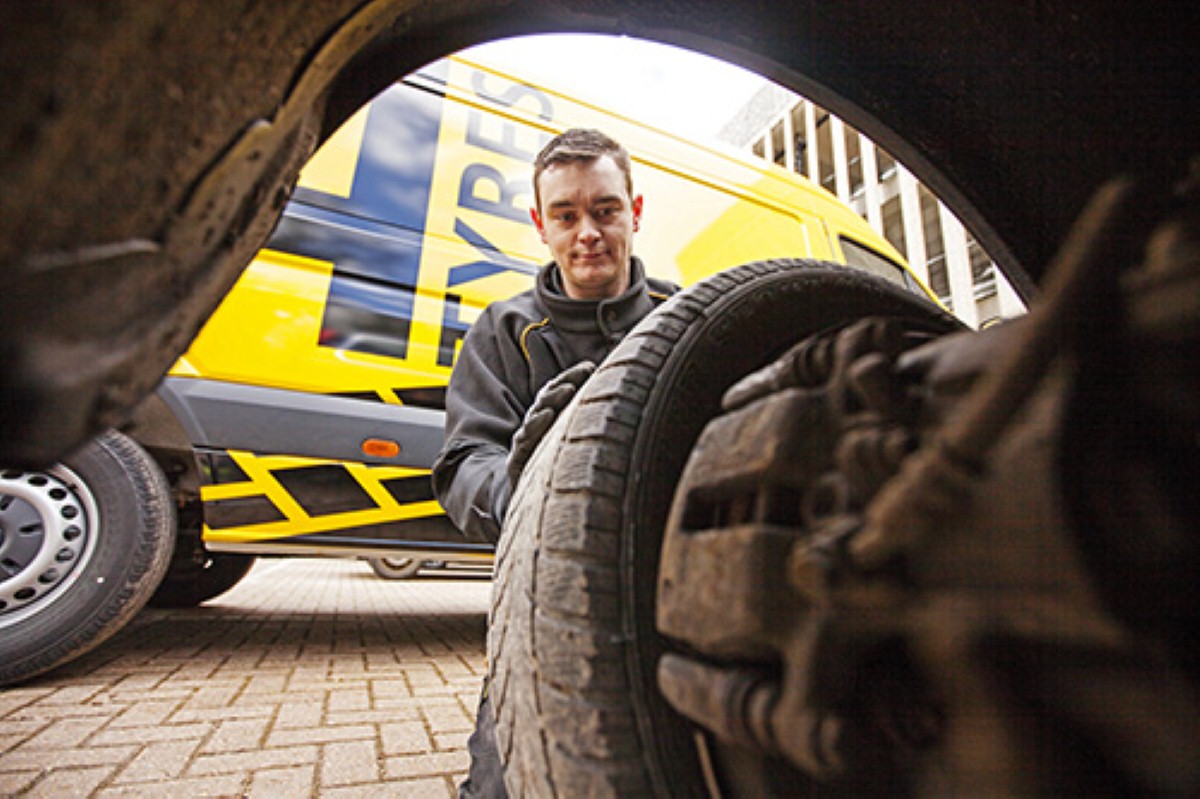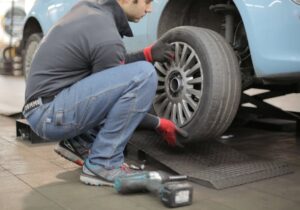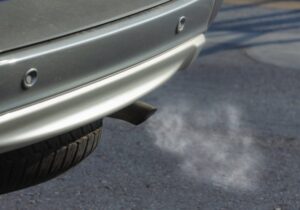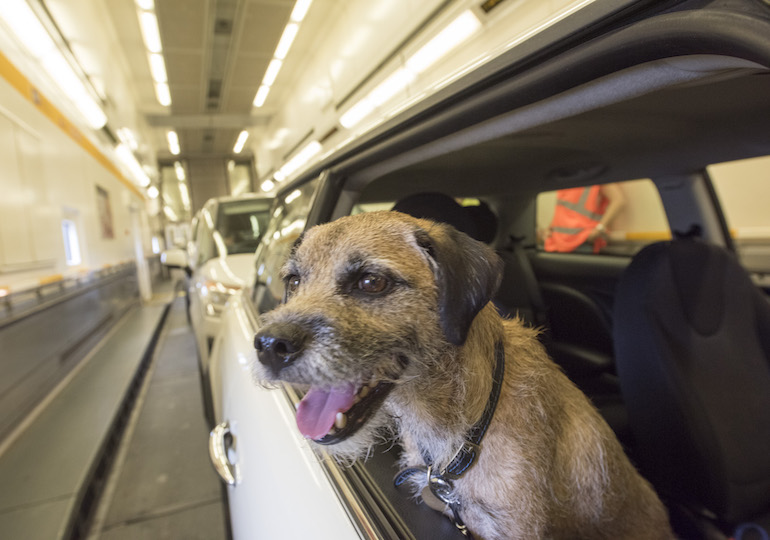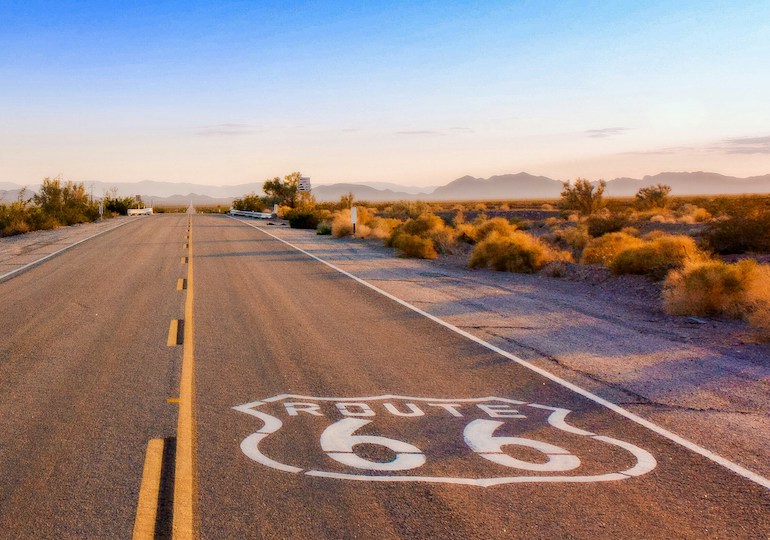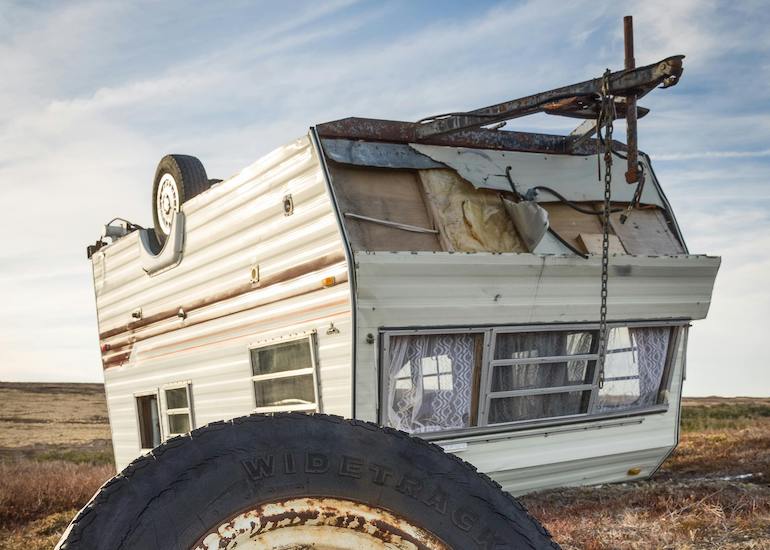by Joe Jeffrey
AA warns road users to check their tyres before they wreck their tyres
Thousands of motorists in the UK are potentially putting themselves, their passengers and other road users at risk by driving with dangerously low tyre treads, according to the latest data from the AA.
More than a third (37.2 per cent) of drivers who called out the AA to fit new tyres were either driving with tread depths below the 1.6mm legal minimum (9.6 per cent) – or were on the limit (27.6 per cent).
The AA analysed thousands of call outs in 2016 to its team of specialist tyre fitters – providing a snapshot of the state of tyres on Britain’s roads.
The findings support new data from TyreSafe and Highways England showing that of 340,000 tyres measured across the industry, 66 per cent were below 2mm while 27 per cent were illegal suggesting that up to one in four cars on Britain’s roads have at least one tyre that is illegal or barely legal.
Driving a vehicle with an illegal or defective tyre could lead to a police officer issuing a fixed penalty notice (£100 and three penalty points). In serious cases an officer may report the case for prosecution.
A court can impose a fine of up to £2,500 plus three penalty points for each defective tyre – so in an extreme case a driver could be facing a £10,000 fine with 12 points which may lead to disqualification.
The law says that vehicle tyres must have at least 1.6mm of tread throughout a continuous band in the centre three quarters of the tyre and around the entire circumference.
The AA and TyreSafe advise that new tyres should be replaced when tread depth reaches 2mm (3mm in winter). Tyre pressures should be checked at least fortnightly, as well the general condition of the tyres, looking for cuts or bulges.
Mark Shankland, co-founder of the AA’s mobile tyre fitting service, AA Tyres said: “Our findings point to an alarming lack of concern about tyres by British drivers.
“With summer upon us, now is a good time to should check your tyres before heading off on a long trip and replace them if there is 2mm of tread or less remaining.
“Take a look at your car’s handbook – or look for a label in the door shut or perhaps under the fuel filler flap or in the glovebox – which will tell you what your tyre pressures should be. If you are taking all the family and luggage too, you may need to inflate your tyres to a higher pressure.
“Remember that you have just four small patches of rubber that separate your car from the road.
“If your tyres are worn or damaged, you’re putting your family at risk,” Shankland conintued. “That’s quite apart from the risk of getting caught and facing a hefty fine.
“The dangers of driving on bald or balding tyres are clear. Not only is the risk of a blow-out greater but stopping distances are significantly increased too, especially on a wet road. If there’s a sudden summer downpour there’s a high chance of aquaplaning on worn tyres which means you lose control of your car with perhaps unthinkable consequences.”

